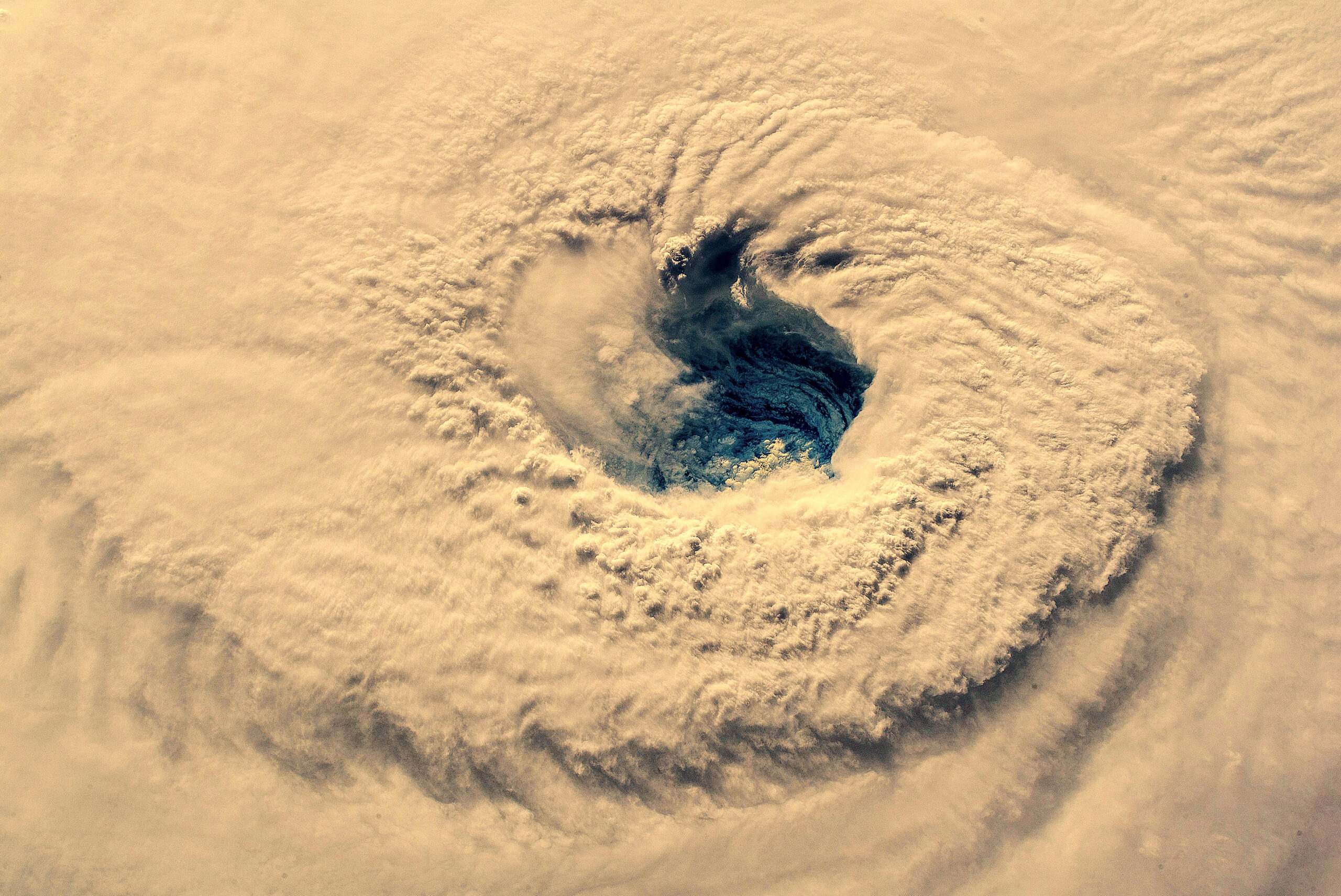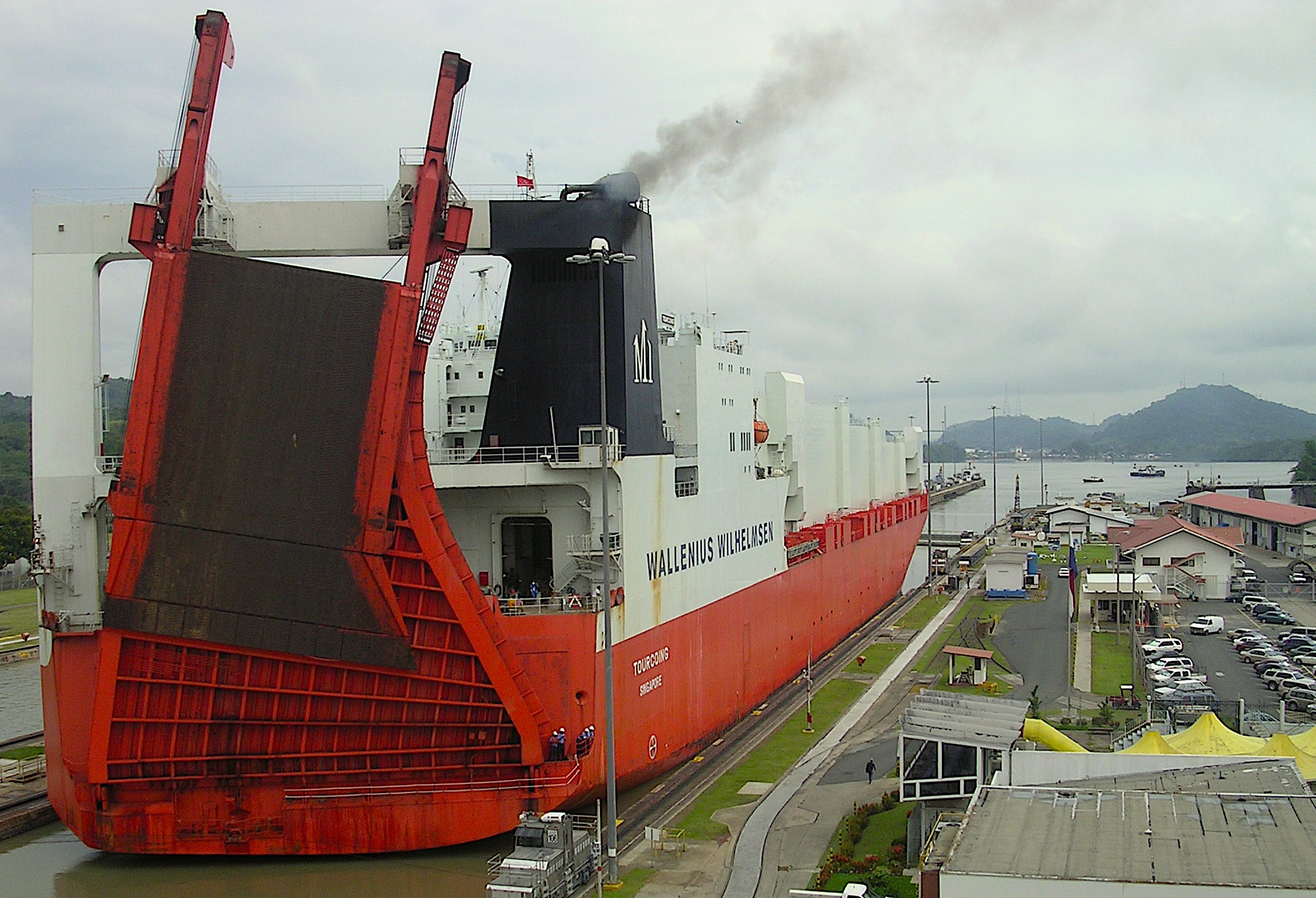As the peak of hurricane season draws near, is metal toxicity in seafood an added threat?
Research Need
The presence of mercury in fish is a health concern for seafood consumers, especially for women who are (or may become) pregnant, nursing mothers, and young children.
Larger, longer-lived predatory fish including swordfish, shark, and some tuna, contain the most mercury — in the form of the highly toxic methylated mercury. These predators absorb methylmercury from their prey food and from water as it passes over their gills.
Volcanoes, geothermal springs, geologic deposits, and other natural sources emit mercury, but human activities — primarily coal combustion, waste incineration, and mining — have increased levels in the atmosphere.
Precipitation flushes mercury out of the atmosphere and into waterways. There, natural processes convert mercury to the highly toxic methylmercury, starting a food-chain reaction. Small organisms absorb methylmercury from sediment, and so sediment disturbances also contribute to increases in methylmercury through the food web.
Scientists wondered how mercury makes its way up the aquatic food chain, as well as how the re-suspension of sediment from flooding or strong storms could contribute to contamination.
What did they study?
A team of researchers examined mercury levels through the food chain of the Lower Cape Fear River. The Cape Fear River basin is the largest watershed in North Carolina but also the most industrialized, suggesting a high potential for mercury contamination. Hurricane Florence in 2018 provided an opportunity to examine possible storm-related effects on mercury levels.
The scientists collected sediment from shellfish beds and took tissue samples from Eastern oysters and ribbed mussels living in the surrounding area, as well as from American oystercatchers, royal terns, and regurgitated prey from these terns. The research team also measured levels of phytoplankton — microscopic marine algae. In addition, the team analyzed samples for levels of mercury and nitrogen (a measure of an organism’s place in the food chain).
What did they find?
Each year, the researchers observed an increase in overall mercury concentration in the tissues of organisms at successively higher levels in the food chain.
Phytoplankton, at the lowest level of the food chain, had the expected lowest nitrogen and mercury concentrations. Moving up the food chain, shellfish, which consume phytoplankton as a primary food source, had nearly double the level of mercury in their tissues.
This pattern generally repeated with each step up the food chain. The highest mercury concentrations were in royal terns, at the top, feasting on small, surface-schooling fish. In contrast, American oystercatchers dine almost solely on clams, oysters, and mussels, and had slightly lower mercury levels.
Bird prey showed a wide range of mercury concentrations, with the lowest in small prey fish and the highest in predator fish.
Overall, the levels of mercury in the Lower Cape Fear River samples were not as elevated when compared to other industry-polluted bays, and the levels were below assumed thresholds for toxic effects.
The team did observe spikes in mercury concentrations after Hurricane Florence in 2018 and with other disturbances that re-suspended bottom sediments.
Anything else?
There was an unanticipated spike in mercury concentrations in Eastern oysters at the end of 2020.
Given that oysters rely on phytoplankton for food, it’s no surprise this spike correlates with the increased concentrations of mercury in phytoplankton in October 2020, which were approximately 3.5 times higher than usual.
The exact cause of the elevated levels of mercury is unknown, but sediment disturbances from large-scale dredging and maintenance projects could have re-suspended toxins.
So what?
This study highlights the importance of including multiple predator-prey relationships to understand changes in mercury levels. For example, concentrations of mercury varied dramatically across Eastern oysters and ribbed mussels despite similar food sources for the two species. This likely was due, in part, to mussels inhabiting organic sediments (full of parts of decaying plants and animals), which consistently had higher concentrations of mercury than sandy sediments, where oysters prefer to grow.
In this case, the likelihood of a single identifiable source of pollutants is low. Navigation channels are frequently contaminated with a variety of pollutants from traffic, and although maintenance of these channels is necessary, continued monitoring of the shellfish population in the vicinity of dredging operations would be beneficial.
Reading
Hardy, A., Skrabal, S.A., Addison, L., and Emslie, S.D. (2024) Biomagnification of mercury in an estuarine food web. Marine Pollution Bulletin, 205: 116604. https://doi.org/10.1016/j.marpolbul.2024.116604
This work was supported by the National Fish and Wildlife Foundation.
SARA MIRABILIO
The text from Hook, Line & Science is available to reprint and republish at no cost, but only in its entirety and with this attribution: Hook, Line & Science, courtesy of Scott Baker and Sara Mirabilio, North Carolina Sea Grant.

- Categories:




